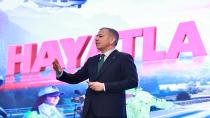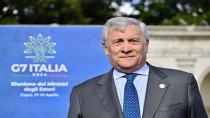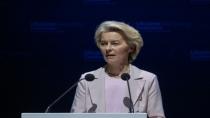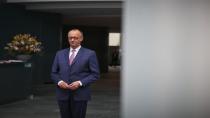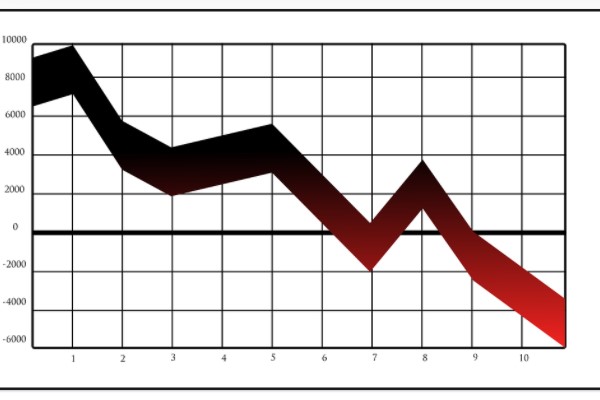Although the quarterly growth of the Turkish economy until September is somewhat close to the direction expected by the market in general; With the effect of faster use of Covid vaccines, recovery in exports and strong domestic demand, it was 7.4% on an annual basis. Seasonally and business day adjusted figures showed a 2.7% expansion in the last quarter compared to the previous three months. The growth performance was above many of the G-20 peers and the 6.3% rate for the 3Q20 period. The 2021 figures, which point to a rapid return from the impact of the pandemic-induced strain in 2020, also point to a combination that causes the depreciation of the lira and the acceleration of price increases, with the combination of interest rate cuts and government-supported credit incentives that support consumption in terms of growth dynamics.
If we look at some important points from the GDP report;
· Household consumption -- estimated to account for around two-thirds of the economy -- remains one of the main drivers of growth. It increased by 9.1% compared to the previous year.
· Annual GDP size increased from $765 billion in the previous quarter to $795.2 billion in the third quarter.
· Exports increased by 25.6% year-on-year. Imports fell 8.3%.
· Gross fixed capital formation, a measure of enterprises' investments, shrank by 2.4% annually.
· Government spending increased 9.6% after the revised 3.4% increase in the previous quarter.
Economic growth is supported through a strong outlook in terms of growth, with the contribution of net exports and significant activity in the industry. While the increase in foreign demand supported exports, we have observed signs that we are slowly starting to see the compelling effects of exchange rates on domestic demand, on the verge of a decrease in imports. The fact that these indicators were seen on the consumption-based import axis in 3Q21, when the exchange rate was much lower than the current levels, indicates that we may see a faster decline in domestic demand in the 4Q21 period. Accordingly, we may see 4Q21 growth at lower standards due to factors such as the slowdown due to lack of demand and the slowdown in potential production trends due to shortages in global supplies. Leading indicators show that activity remained strong in 4Q21, although the economic confidence index fell to 99.3 in November, compared to 101.4 in the previous month.
The Central Bank has lowered borrowing rates by 4 percentage points since September. Currency weakening after the Central Bank cuts interest rates poses a corrosive threat to revenues as it fuels inflation. In this respect, there are some notable risks to sustaining 2021 growth in a high composition. In terms of sustainability, we see that especially investment-based growth is desired to be supported on the basis of macro policy. Indeed, Creating employment and accelerating growth lies in the perspective of President Mr. Recep Tayyip Erdoğan's demands for interest rate cuts. Within the framework of this discourse, the path of action and the low interest approach in the current economy perspective; It seems highly likely that Central Bank Governor Mr. Şahap Kavcıoğlu administration will continue with the cuts at the interest rate determination meeting on 16 December.
While we expect a lower growth standardization to occur in 4Q21, we expect double-digit or close to double-digit growth throughout the year. Based on the 3Q21 growth data we obtained in this context, we set our overall growth rate expectation for 2021 as 10.3%. In terms of economic growth, which we expect to slow down to 4.1% next year, we would like to point out the risks and uncertainties regarding global and domestic economic activity as a downside drawback.
Kaynak Tera Yatırım
Hibya Haber Ajansı
